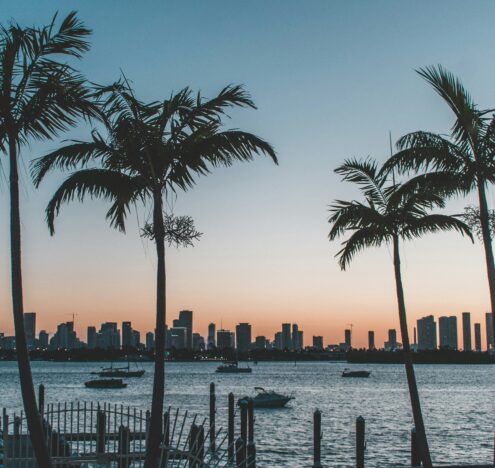This analysis was featured in Critical State, a weekly newsletter from Inkstick Media and The World. Subscribe here.
Last week in Deep Dive, we read about how technology has both sharpened and redefined the sea border between Turkey and Greece, turning it from a site of international contestation to a site of domestic law enforcement. Today, we’ll look at research on another form of border transformation — the kind that happens when places that are normally sites of domestic law enforcement become the front line of a struggle against an international threat.
Airports were not always the fortresses they are today. It may be difficult to remember, since we’ve been living with the Transportation Security Administration and other such agencies around the world for nearly two decades, but highly securitized travel is not “normal” in a broad, historical sense. Even in the 1970s and 1980s, when airplane hijackings were much more common than they would later become, air travel was not primarily organized around the prevention of hijacking.
The transformation of air and sea ports in the eyes of the policy world from commercial boons to security risks has led to distinct shifts in how these border areas are policed.
Since 9/11, however, air travel has been dominated by the idea that any commercial airline flight might be transformed into a repeat of the attacks on the World Trade Center and the Pentagon. The rise of that framing has been stressful to passengers but, as criminologist Martin Nøkleberg writes in a recent article in Security Dialogue, it has been much more disorienting for the airport and seaport officials charged with policing travel in this era of constant vigilance. Nøkleberg’s article focuses on the experience of policing borders — in the sense that air and sea ports are international entry and exit points — that were built to be sites of domestic law enforcement but have spent the last two decades trying to manage the low probability threat of an international terrorist attack.
Nøkleberg spoke to a range of officials in Norwegian international ports of entry — Oslo Airport, the Port of Stavanger, and the Port of Kristiansand — about their experiences managing security at these border posts. What they told him is that, in order to cope with the uncertainty of guarding against events that are difficult to predict and unlikely to happen but could be devastating, they have become obsessed with the process of security provision. Where, in an earlier age, security managers might have considerable latitude to make idiosyncratic choices about how to approach their jobs, since 9/11 there has been a marked shift toward documentation of security protocols and clearly-defined risk management strategies.
Many of the people Nøkleberg spoke to expressed frustration at this increased level of bureaucracy. As one said, security provision “looks much better on paper than it actually is.” Yet all the planning and documentation helps manage the cognitive load of always being on guard against the unpredictable. Risk management plans and the process of sticking to them helps to reassure security providers that they are doing the right things to prevent high impact, low probability events. They also help defray the emotional cost if such an event takes place — if security providers can point to all the boxes that they checked on their security checklist in the run-up to an attack, then perhaps the attack was not preventable in the first place.
Nøkleberg also found that living in a constant state of suspense over something that is unlikely to take place is, in the long run, quite boring. That boredom plays out in a number of ways, including the inflation of minor events to fill time. As one respondent said, when “we have an incident when there isn’t much going on… [for example if] someone finds a hole in the fence, then a big deal is made of it, the police are notified.” The constant focus on the threat of terrorism, even though it is unlikely to take place, causes security providers to feel like the threat should be materializing.
The transformation of air and sea ports in the eyes of the policy world from commercial boons to security risks has led to distinct shifts in how these border areas are policed. As the shift in framing has taken hold, the people charged with actually managing the security risks posed by ports have worked to manage the cognitive effects the new frame has on them. Over time, those coping mechanisms have become institutionalized, creating the port of entry culture that we experience today.




















